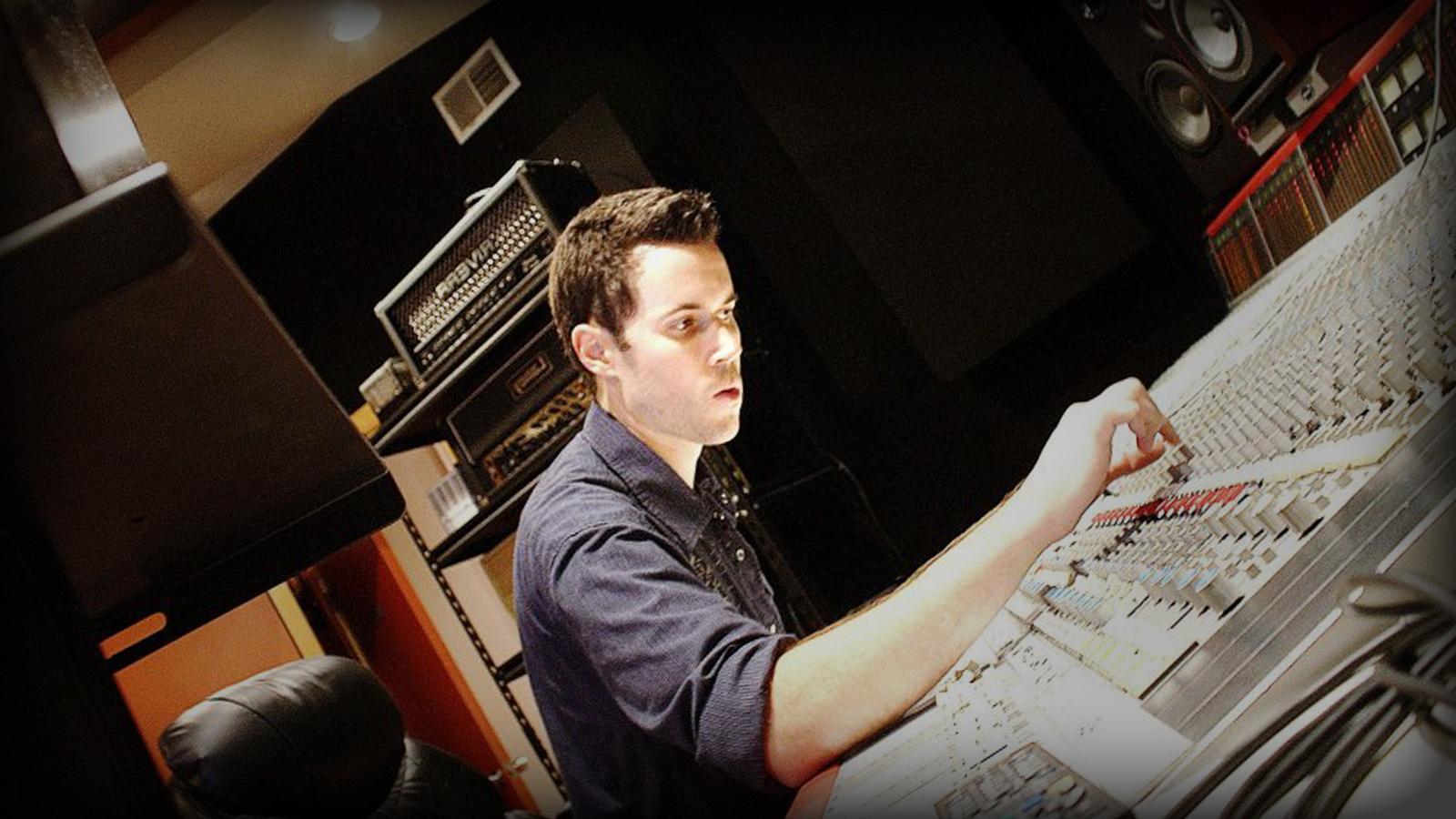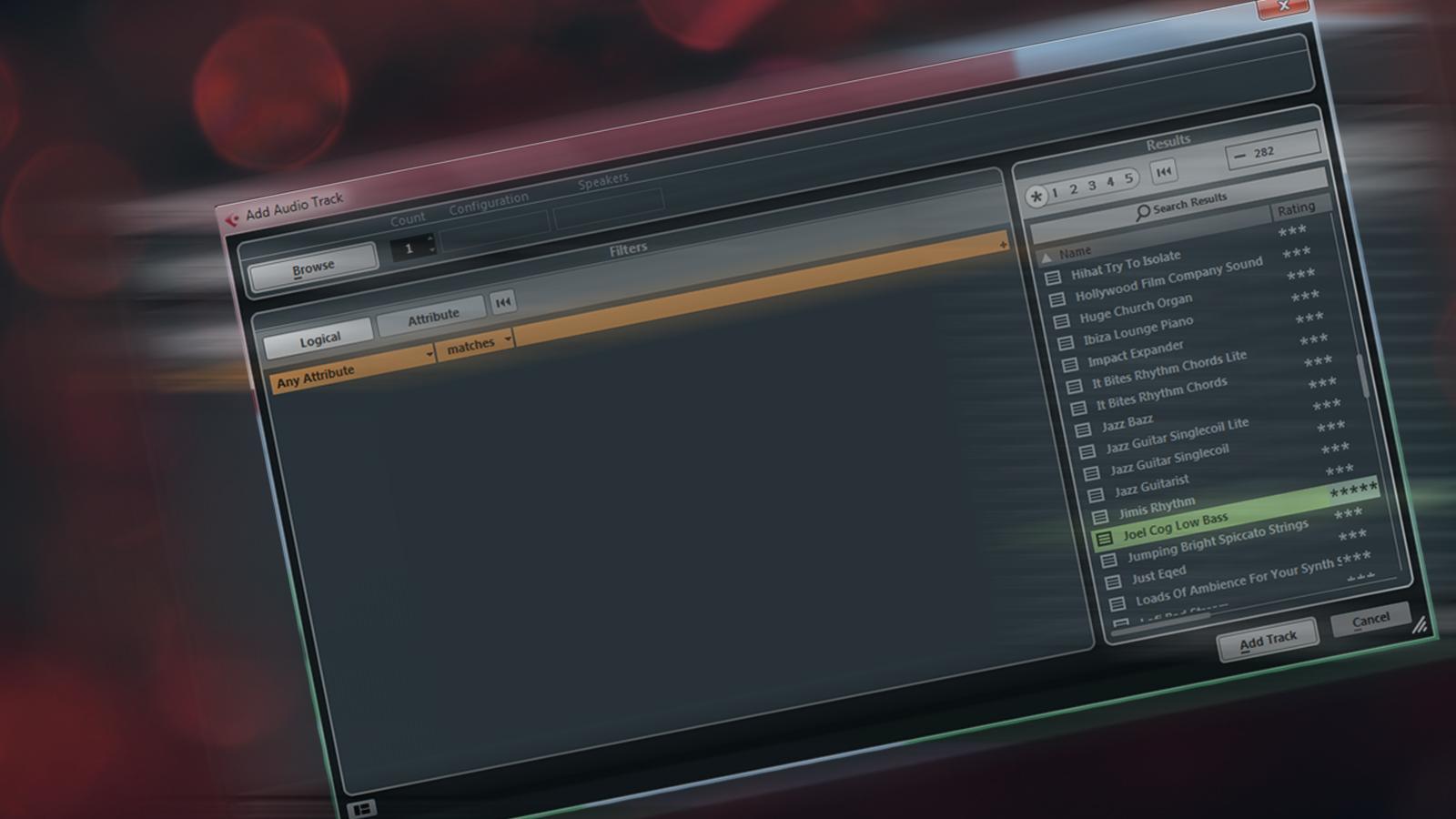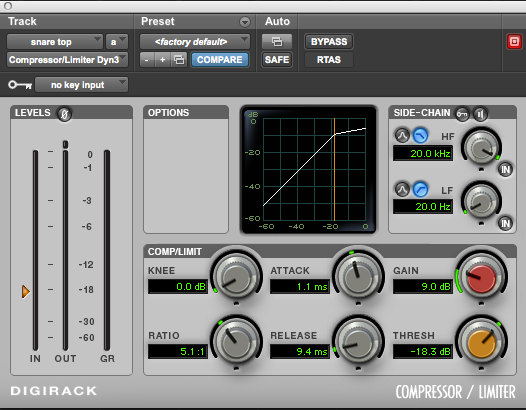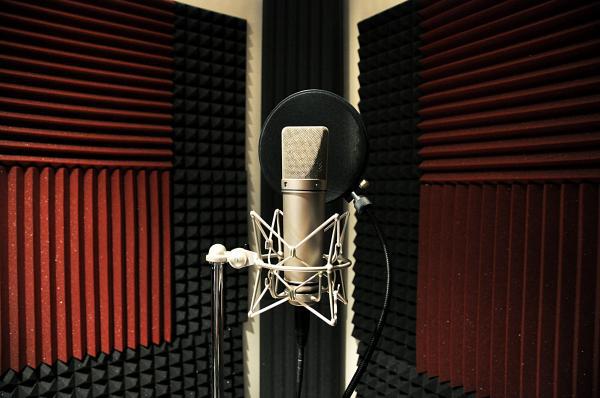“Speed Mixing”: 3 Ways to Mix Faster with Better Results and Happier Clients
Imagine how much more money you could make if you were able to double your mixing speed overnight.
Or maybe you’d be inclined to think of how much more of life you could enjoy if you were able to work fewer hours wile making the same amount or more.
If you could release twice as many mixes monthly, could you imagine how powerful that it would be for attracting new clients? Fortunately, all of these things are possible. And increasing your mixing speed dramatically without sacrificing quality is simpler than you might think.
Let me tell you my story:
When I first started mixing, I wasn’t very fast at it. For many years, I would forever tweak my mixes over long periods of time. I struggled with knowing when to turn in a first mix over to a band.
I also struggled a lot of my own band’s material. I would endlessly tweak and work on the mix. Mixes never felt done, and every three weeks I wanted to go back and redo everything!
Sound familiar?
Many years later, as my studio became more popular, I started getting a lot of work. If you are like me, then you hate saying “NO” to people and not taking their business. So what would happen again and again is that I would always take on more work than I could handle. This forced me to work faster than I was comfortable with.
IT WAS STRESSFUL!!

A young Joel Wanasek burning the midnight oil. Working furiously, but not necessarily FAST just yet.
I spent many long weeks working 80 hours or more each for many years. Then one day, something unexpected happened.
I collaborated on a project with another producer for the first time.
When I went to his studio and watched his workflow, I noticed that it was extremely similar to mine, but I manage to pick up a few great editing tips I hadn’t considered before.
I went home and tried them out and consequently sped up my workflow quite a bit. All of a sudden I was saving a whole day each a week now on my drum editing sessions.
This meant I had more time to mix and be creative with the bands.
Another thing I noticed about the producer I worked with is that he knew every DAW function and plugin inside out.
 He read all the manuals. Multiple times. It got me thinking that maybe I should do the same.
He read all the manuals. Multiple times. It got me thinking that maybe I should do the same.
As I got back into my groove working on my clients, I started thinking about my workflow.
My editing got so much faster that I wanted to see if I could apply those same lessons elsewhere. So I started asking myself questions about my mixing, and tracking methods. When I started analyzing my mixing workflow, I came up with a lot ways to improve it.
For the first time in my career, I reflected deeply on my own workflow and made a few critical observations that were absolute game changers.
This required throwing out all preconceptions I had about mixing and how I was doing it. All of these little things lead to an instant increase in my speed and turnaround time.
My life got much less stressful, I took on more work, and then something else happened…
I finally hired an assistant.
My studio was growing like crazy and obviously, I didn’t want to put on the brakes. It got to the point where I was really struggling to keep up with a lot of the more mundane tasks. It was then that I realized that I needed to take on an assistant.
 As I was training him, we had many long discussions about workflow.
As I was training him, we had many long discussions about workflow.
The great thing about teaching is that when you explain something to someone else, you’re forced to analyze and defend your processes. It causes you to come into a much higher level of understanding and mental clarity about them.
With the two of us going at it, our workload was starting to get insane. We were mixing an average of 40+ songs a month.
It was then that we had a realization: We needed to perfect our workflow, maximize our output, our client interaction, our mixing-note sessions, our recalls, and more. We started creating and testing new systems to increase productivity without sacrificing results.
What we came up with is a system that allowed us to mix over 500 songs in a year with ease.
But, it’s true!
We’ve been knocking out over 500 mixes a year for a few years in a row now. Our record was 67 songs mixed in single month.
67 SONGS. (I hope I never do that again because it was brutal.)
The only way to truly test a system is to push it to the absolute limits and see how far you can go before it breaks down. We refined our productivity to the point where the only way we could possible put out mixes faster would be if we hired another person to ghost-mix along side us in a separate room.
Do you know what though? The good thing for you is that you don’t need to experience this the hard way and struggle through it like I did. You can get on the fast track.
If you’re interested in getting faster at mixing too, here are 3 powerful, actionable tips that you can employ right now that will help you get on the fast track to becoming a speed mixing machine:
#1 Prioritizing
 The two major problems in mixing is that most engineers don’t know how to handle:
The two major problems in mixing is that most engineers don’t know how to handle:
1. How to let go of a song and say it is FINISHED and
2. How to identify and focus on what is most IMPORTANT
One of the biggest plagues in mixing is not knowing when to say the song is finished. I struggled with it. We all do.
I’ve got news for you: THE SONG WILL NEVER BE FINISHED. Looking at the song as something that is “finished”, or “not finished” is a fallacy. This is art. There is no such thing as “finished”.
The real question is THIS:
“When does the song sound like a song?”
Meaning, when you hit play, does it sound like a song, or are you analyzing the mix?
When you STOP listening to the mix and start listening to the song, you’ve nailed the mix.
However helpful this is, it still doesn’t alleviate the other major problem: Most mixers have no idea what to focus on.
The large majority of people listening to a mix think like this:
1. Do I LIKE this song?
2. Do I IDENTIFY with this song?
3. Does it SOUND good? (Or, is it mixed so poorly that the production quality turns me off?)
 Only the drummer and the mixer cares about how the snare sounds. SERIOUSLY.
Only the drummer and the mixer cares about how the snare sounds. SERIOUSLY.
Do you think the record will sell a single copy more or gain one more fan just because the snare was pitched up 5 cents or the ring on the snare drum decay was shortened?
Do you think that the record will sell one copy more if the guitars had an additional 0.6db at 4,000hz?
Remember, we are audio people. We only hang out with other audio people, band people, and music snobs. We don’t hang out with the average person. We are disconnected and out of touch. My mom still doesn’t even know what a snare drum is, and I’ve not only been doing this for a career, but have played in bands that practiced in her house since childhood.
It took me a long time to get over that. It defies our egos and desire for importance. The reality is that even if the mix is good, no one really cares besides other engineers, label people, and the band.
From my experience, most of the time the client doesn’t know what a good mix is anyways. Some do, but most don’t understand. The same can be said for some A&R guys… **ducks and hides for cover**
The simple irony is that we drive ourselves mad trying to get amazing sounds, but most people aren’t interested. I mean look, most people listen to music now on EARBUDS. Not on $10,000 sound systems.
Ultimately, our goal in mixing is to do the song the best service we can by creating the most emotional impact possible—and not necessarily to get the world’s sickest snare drum sound. So we need to focus the majority of our time mixing on the elements which serve this goal.
I’ll tell you one: The vocals!
Just to hammer in my point, imagine you’re spending 3 days getting the sickest drum mix ever, and then send it to the client only to find out that they hate the direction and you need to revisit your approach.
THAT SUCKS!
(I know. I’ve done it myself.)
Congratulations: You’ve just wasted a lot of time (and money). A much better idea is to whip out a sick drum mix as fast as you can, don’t obsess over it, and see what the actual client thinks about it before you remove 3 years off your life due to stress. In the meantime, focus on making your vocalist sound amazing. It is far less risky and much more effective.
#2 Improving Client Interaction
Another great way to speed up the mixing process is by improving client interaction. Surprisingly, this can be systematized to an insane level. A few of my favorite tricks you can implement are:
1. Having an awesome mixing guide for them to read
2. Improving the mix-note process
A great, thorough mixing requirements guide will save you an immense amount of time. Especially if you add a single line at the end of it which states that the client will be billed if the engineer sending you files doesn’t comply.
What is important to have in your guide? Here are a few key things:
• Consolidate edits and any tuning.
• Send DI tracks for stringed instruments.
• Send a tempo track as well as a written version of tempos.
• Export audio files from 0 so everything lines up properly.
• Do not send a session file. Only audio stems.
• If there are MIDI drums, include a MIDI map so I don’t have to waste time guessing which dot is supposed to be the china cymbal.
There are many more things required to have an absolutely effective mixing guide, but this will give you a great start.
 Aside from having a well-written and concise mixing guide, optimizing mixing notes can really save you a ton of time.
Aside from having a well-written and concise mixing guide, optimizing mixing notes can really save you a ton of time.
Nothing slows down a mixing session like dealing with a really difficult and demanding client. Knowing how to disarm these people ahead of time and create systems which discourage them from abusing your time (as well as not ruining their own record via armchair mixing), is paramount to mixing fast.
Again, we are focusing on SPEED MIXING, not making the most insanely artsy record anyone has ever heard. Don’t confuse this mindset with to the idea of taking shortcuts or putting out a lackluster product. The goal is to turn out amazing mixes, but faster, and with less hang ups.
The big problem with a lot of musicians, is that given unlimited time and patience, they will use every last second possible. This is why we need a system to define a client interaction which forces the client to make actual hard decisions and not still try to produce the record when it is supposed to be mixed.
Here are some ideas for you to try:
• Require the client to only use a single contact to send notes. This way you aren’t getting contradictory notes from the drummer and guitarist all emailing you their personal wishes.
• Set a limit in your guide about the amount of mix revisions you will do before you up-charge.
• Set an arbitrary deadline so the band makes actual decisions and doesn’t waste a lot of time experimenting on your dollar. E.g.: I’m leaving the country next Wednesday so we need to have this finished.
• When doing an entire album, turn in all mixes at once after the first. This way all notes can be done at the same time in rounds optimizing your effectiveness.
#3 Master Your Key Commands
 When you start working in a DAW, the last thing you think about is speed.
When you start working in a DAW, the last thing you think about is speed.
Every DAW has a learning curve. As you get better, you start learning a few useful key commands. But, have you ever sat down and tried to learn all of them?
Or, if you use a DAW that lets you user define them, have you ever made key commands for extremely important tasks?
Don’t overlook the power of key commands. All of these little simplified commands can save you weeks out of a year! Little steps turn into massive results. For example, I have all of my file management operations on key commands.
• CTRL+N – Create New Project
• CTRL+O – Open Project
• ALT+CTRL+I – Import Audio File
• SHIFT+I – Import Track Archive (for mixing templates)
• CTRL+E – Audio mixdown (Export)
• SHIFT+A – Create Mixing Archive From Selected Tracks
Every time you move the mouse you are wasting time. I always hated moving my mouse up to the file bar and then clicking a bunch of things to do any of these tasks. Now I don’t. I do them instantly. Spend time learning and optimizing key commands. The return on time investment is off the charts.
Summing it Up
These 3 simple things, when implemented and practiced, will save you many hours in your mixing workflow. But, if you really want to start making bank instantly, and learn the exact process I use to really mix 500+ songs a year. I’d love to help you put more money in your pocket, freedom in your life, and reduce your work related stress.
Want more on Speed Mixing? Click here for the full Speed Mixing course from Joel Wanasek.
Joel Wanasek is a mixer, mastering engineer and music industry entrepreneur who lives in Milwuakee.
Please note: When you buy products through links on this page, we may earn an affiliate commission.










Curious1
July 3, 2017 at 1:40 pm (8 years ago)Should the customer get some free mix time? Suppose they record, but won’t pay for an additional second of mix time? Say you are recording a traditional rock band: two vocal tracks, two rhy. g. tracks, one solo track, bass and 6-8 drum tracks. What % of mix time vs. paid hours should one project? Should additional mix time be at the same rate as recording time?